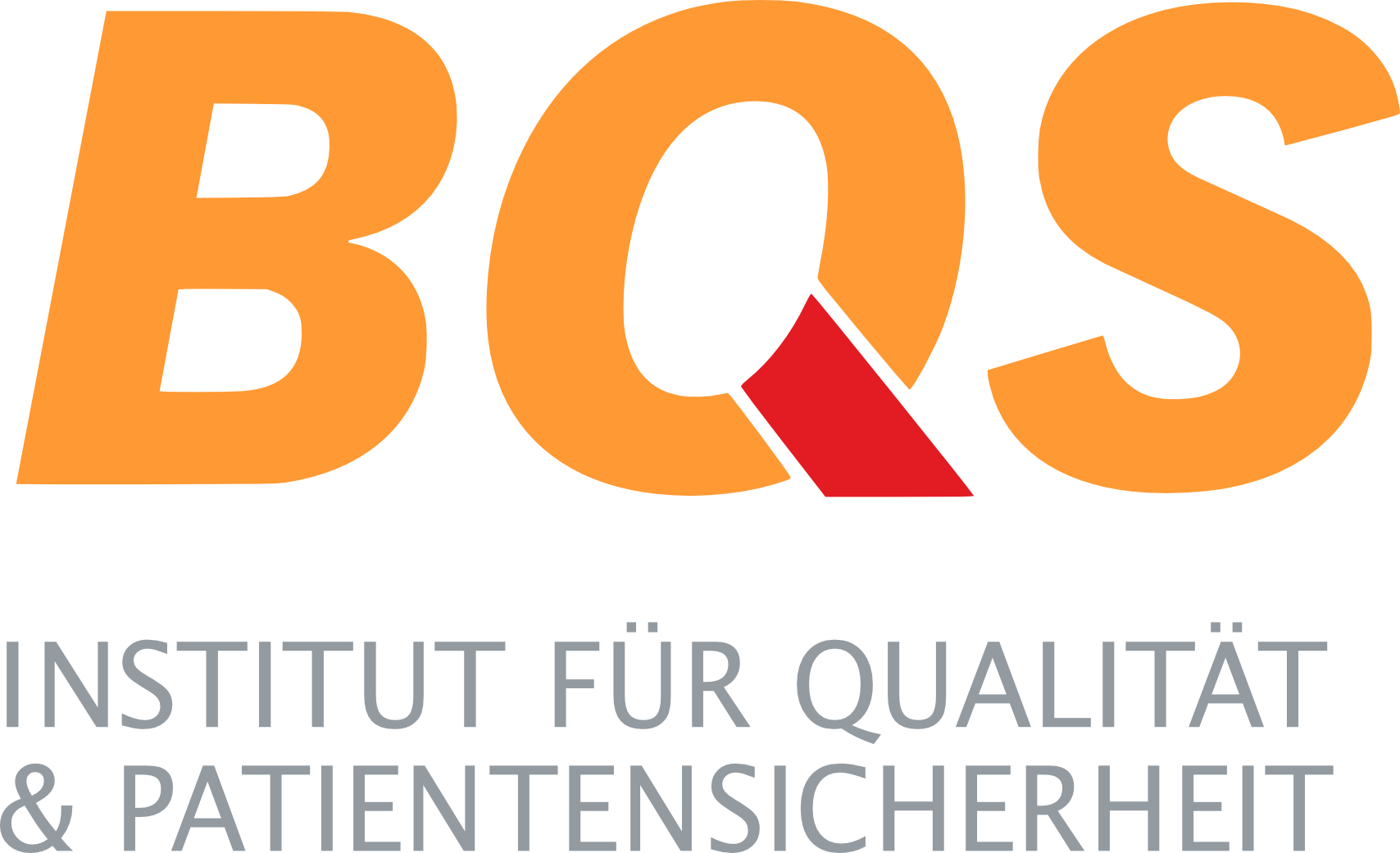Continuous patient surveys as a quick solution for identifying acute weaknesses
Classic satisfaction surveys are often insufficient to identify acute weaknesses in the hospital process. Patients often suffer as a result. We spoke with Ms. Büchner from Klinikum Aschaffenburg-Alzenau about the solution.
In many survey models, the primary focus is on cross-sectional surveys that reflect an overall picture. This also emerges from our conversation with quality management employee Annett Büchner from Klinikum Aschaffenburg-Alzenau, who classifies this as one of the biggest problems. As a result, precarious problem areas are either perceived late or not at all. Thus, in the worst case, critical patient feedback cannot be responded to promptly, and deficiencies in patient care are the result. Cross-sectional surveys can be used to draw up a satisfaction picture for longer periods of time, but it makes more sense to use a continuous patient survey to identify current weaknesses. Therefore, in order to capture specific complaints and enable current patients to improve the system, a faster survey option must emerge whose results can be evaluated immediately.
Free-text responses are not a good alternative in the long term. These can only be evaluated with a great deal of effort, which, with responses in the four-digit range, exceeds the added value of the results. With the current continuous survey, quantitative data is now being collected that will be evaluated externally. Ms. Büchner says about the results of the in-house model: "Since the introduction of the KPB by Picker / BQS in 2015, we receive the evaluations of the submitted questionnaires tertially, so we can react quickly, take action and implement changes." By outsourcing the survey, quality managers are therefore able to benefit from results without straining their own resources.
Smaller measures in particular could be taken on the basis of the feedback, the effects of which relate to a wide variety of application areas.
For example, fixed points of contact for discharge management were established at both sites. At the Aschaffenburg site, Social Services takes care of discharge-related issues, while at the Alzenau site, this task is performed by Nursing Transition. A project on admission, occupancy and discharge management is underway, and a restructuring is now also to take place in the area of admission. The previous two-tier admission system often caused problems; the process is now to be standardized at both sites in order to better coordinate the flow of patients. The reasons why, for example, nursing care was rated more critically in some periods are also being investigated and what can be changed here.
In addition to planning concrete measures for the future, the results are also used by those responsible for quality to check whether measures already taken are having an effect or whether further adjustments are necessary. The station- and site-dependent evaluation can be used to determine in which organizational areas there were qualitative differences and how these can be remedied. In order to keep the response rates constant, a personal approach to the patient has proven successful. However, this requires the questionnaire to be integrated into a specific process.
The patient can then be specifically referred to the questionnaire, which has a positive influence on the response rate.
The BQS Institute recommends using the continuous patient survey as a supplement to the cross-sectional surveys in order to become aware of small, acute problems across the entire picture and to remedy them as quickly as possible.
Would you like to find out whether a continuous patient survey according to Picker is the right instrument for your hospital?
Please feel free to contact us!


